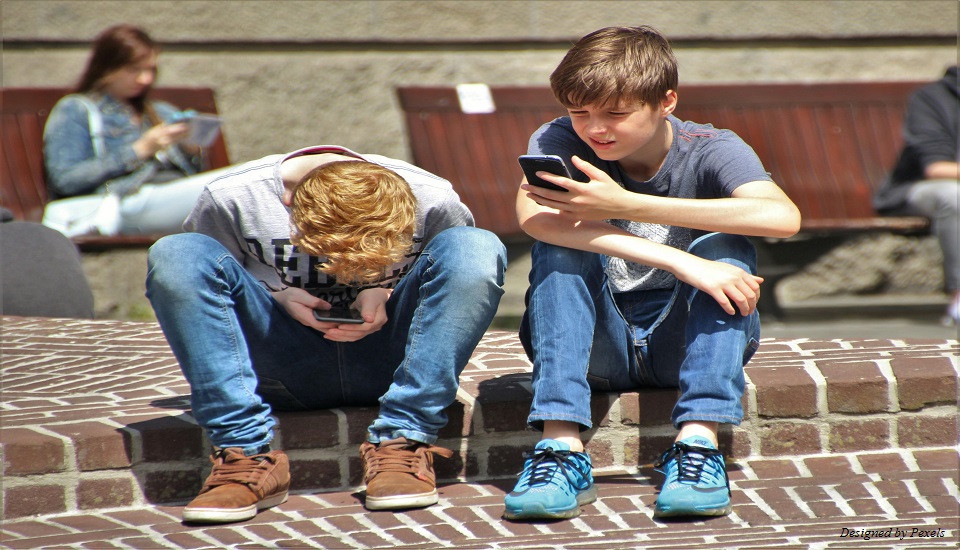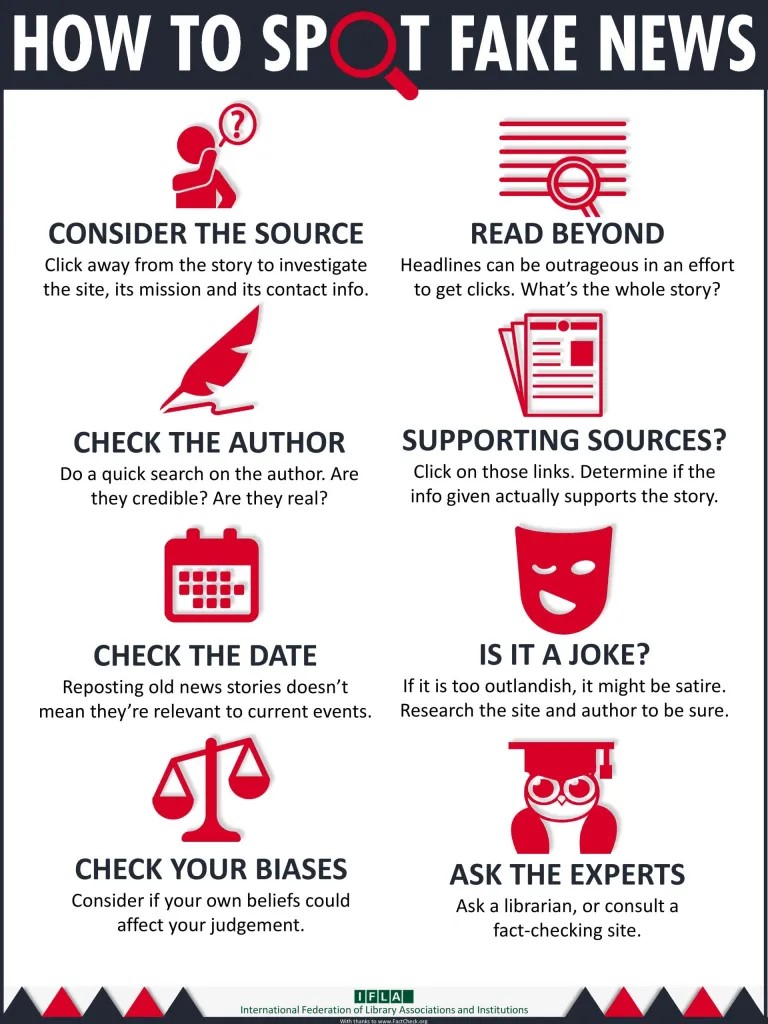
Media Literacy in Schools: 5 Ways to Teach Students to Spot Fake News
In today’s fast-moving digital world, students get their news from Instagram reels, TikTok, tweets, and YouTube shorts. But not everything they see is true.
From fake headlines to edited photos, misinformation is everywhere, and it spreads fast.
Those teachers who have pursued courses like Master's in Teaching Technology, knows that they have a vital role to play in preparing young generations with the tools necessary to navigate this complicated media world.
According to many research studies, 82% of middle school students couldn't distinguish between sponsored content and genuine news stories on websites.
However, no need to worry, teachers! We have got you covered.
In this blog post, we will be exploring some of the effective techniques and methods with which you can enable your students to differentiate between real and fake news.
So, without any further delay, let’s get started.
5 Effective Tips To Help Students Spot Fake News
Let’s get to know best five tips with which you can enable your students to differentiate between real and fake news:
1. Turn Fake News into a Teaching Opportunity
Fake news shouldn’t just be dismissed, it should be discussed. Because no matter how much we try to avoid fake news, it will going to stay, especially in this fast pace digital world where information spreads in a speed of light.
To deal with this, one of the best way of encourage students to ask:
- Why is this news misleading?
- What emotions is it trying to trigger?
- Can we verify the facts?
Tips for Teachers: You don’t need to be a tech expert. Use real-world examples to create discussions around misinformation. Show students how even adults fall for it—and how we all learn together.

2. Bring Social Media into the Classroom
If students are already using social media to access news, why not use it to teach them too?
Here’s how:
- Pick a trending topic from Twitter or Instagram.
- Ask students to find 3 different news sources covering the same topic.
- Compare headlines, tone, and accuracy.
By doing this, students will learn to spot how language, images, and tone can shape opinions and recognize bias or exaggeration.
Do you follow us on Social Media? We regularly share upgraded educational content, tips, feedback, and more. Check us out by clicking the profiles here - Facebook / Twitter / LinkedIn / Pinterest / Instagram / YouTube
3. Teach Smart Search & Fact-Checking Skills
Students often trust the first search result they see. However, not every time that search result contains the real news or information. For proper assurance you canconsider teaching them to:
- Use Google reverse image search to check if photos are real or edited.
- Cross-check info using fact-checking sites like PolitiFact, Snopes, and FactCheck.org.
- Look for the author’s name, date, and sources in any article they read.
Tip: Use free digital literacy tools from websites like The News Literacy Project to make lessons fun and effective.
4. Show How to Evaluate Sources Like a Pro
Knowing where the news comes from is just as important as the news itself. You consider teaching your students to ask:
- Is this from a trustworthy site (like BBC, Reuters, The Hindu)?
- Does the article quote reliable sources?
- Is the website filled with ads or spelling mistakes?
- Does the content feel balanced or pushy?
Tip: Make a checklist and hang it in the classroom! This turns source-checking into a daily habit.
5. Create a Safe Space for Honest Conversations
Media platforms in digital world can be tricky, emotional, and even controversial. That’s why students need a space where they can ask questions, share opinions, and explore different views.
What Teachers Can Do:
- Host open discussions where all opinions are heard—without judgment.
- Encourage respectful debates on current events.
- Teach the difference between opinion and fact.
Why This Works:
When students feel safe, they’re more likely to challenge what they read and grow into independent thinkers.
Empowering Students for the Real World
The digital world isn’t slowing down and neither is fake news. But with the right guidance, teachers can turn classrooms into training grounds for truth.
By:
- Making fake news a teachable moment
- Using social media as a learning tool
- Teaching search, source, and fact-checking skills
- Fostering safe and open dialogue
Teachers can ensure that students don’t just scroll but they become a individual and critical thinker, who’s capable enough to differentiate between the real and fake news.
Lastly, if you want to learn more effective techniques and teaching strategies like this to empower students, then consider pursuing courses like MA in Education with Teaching Technology, will definitely help you.

